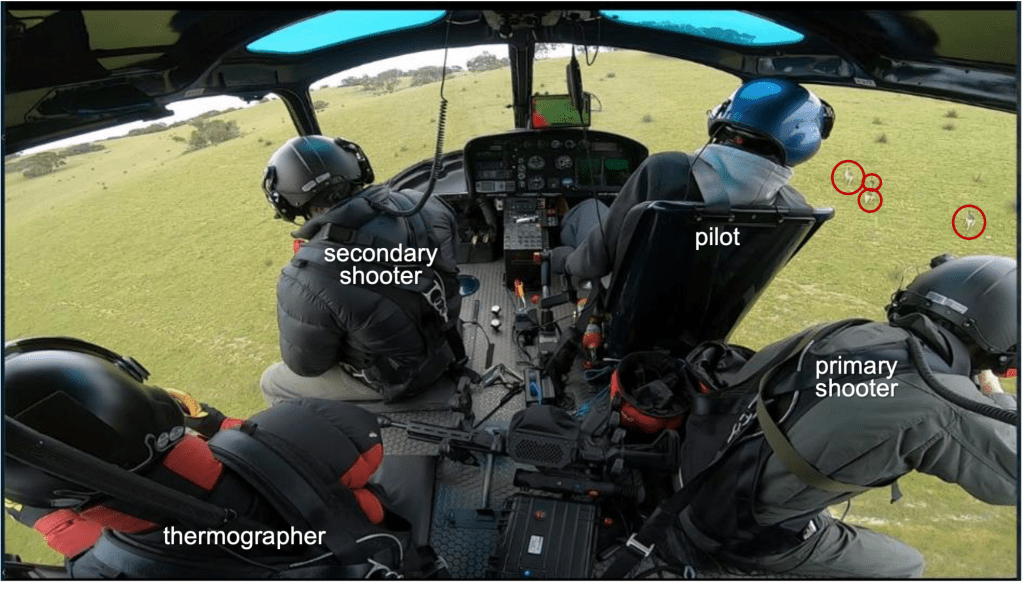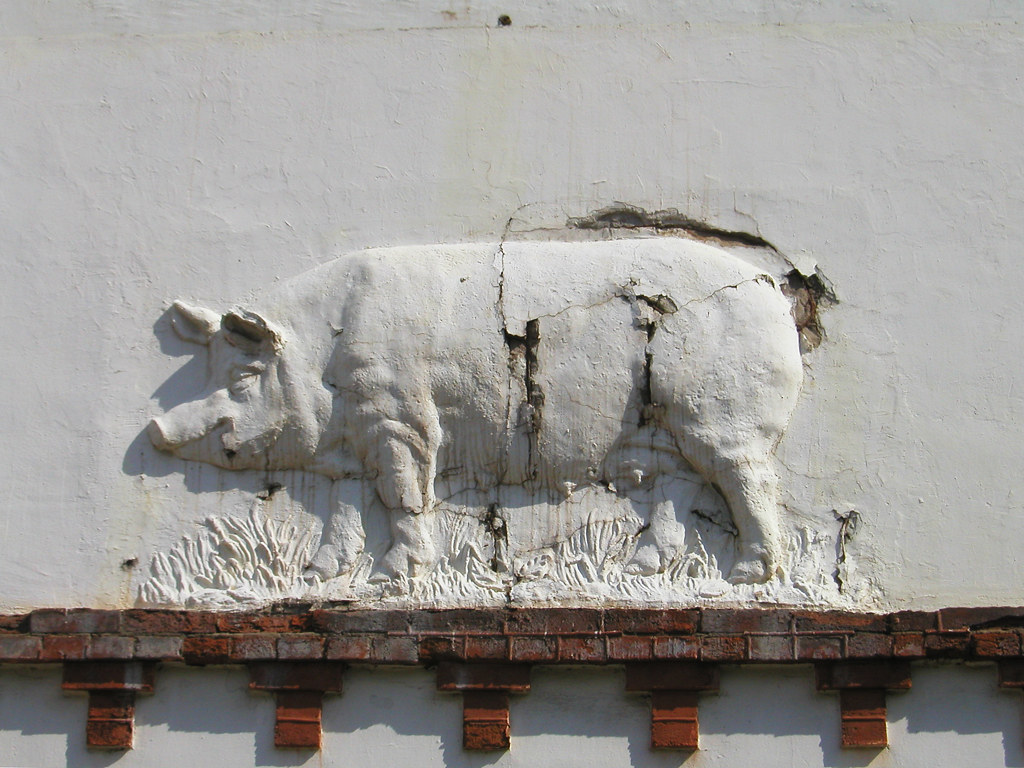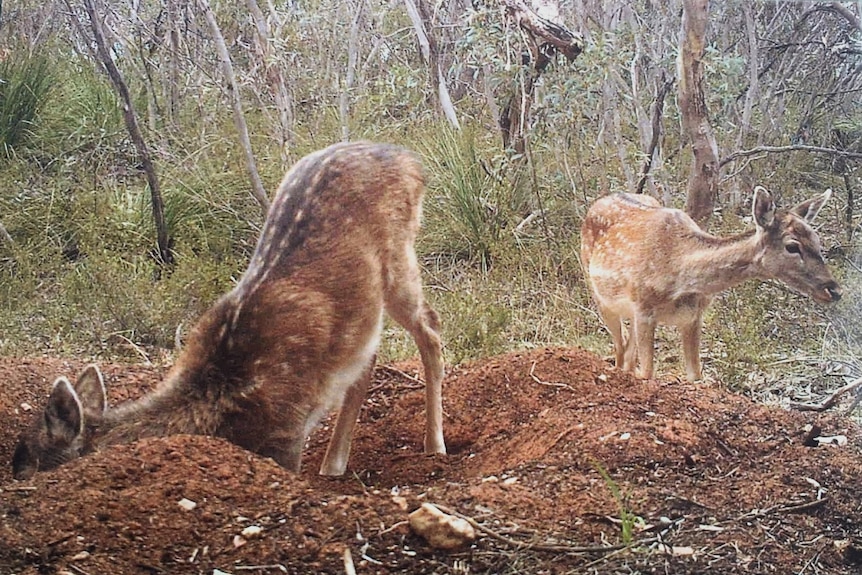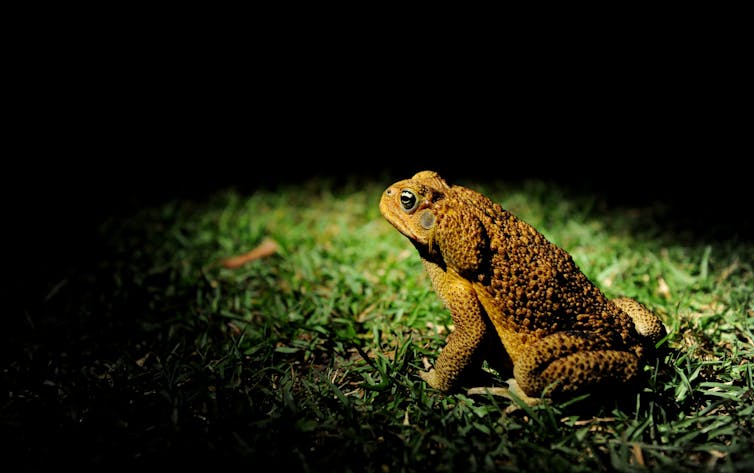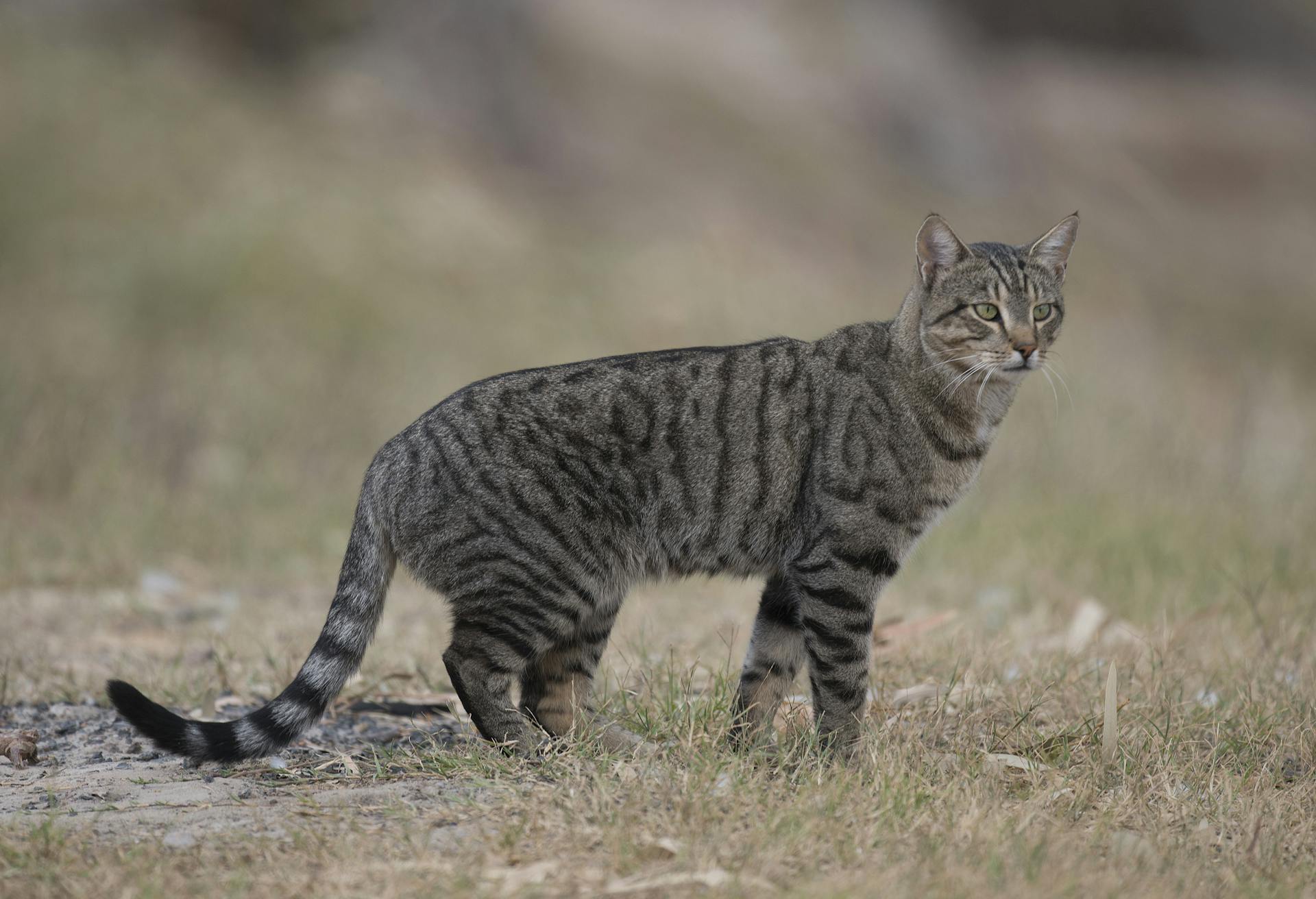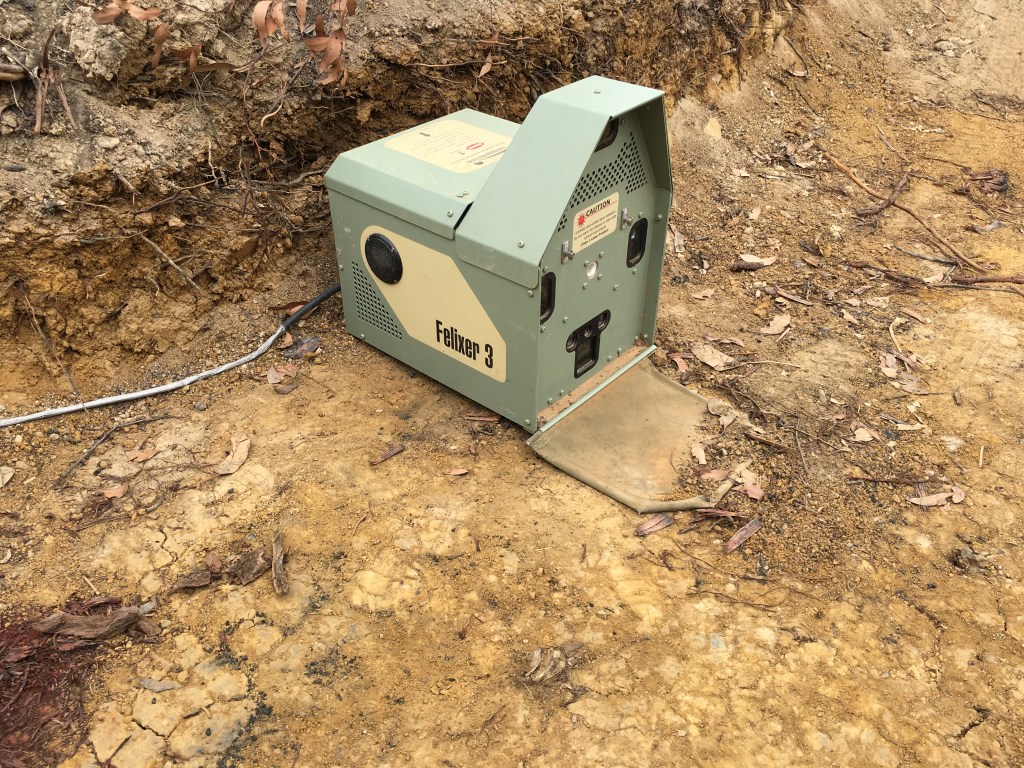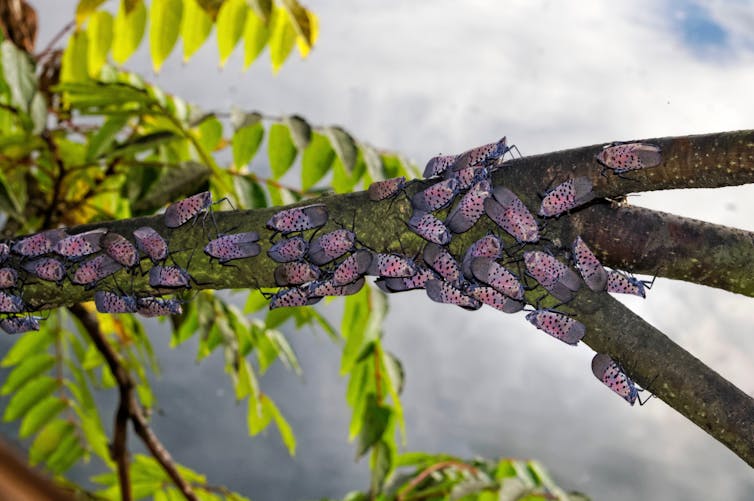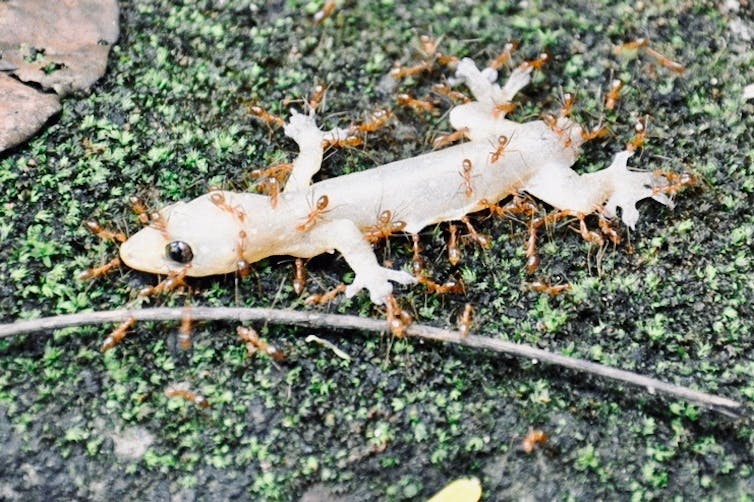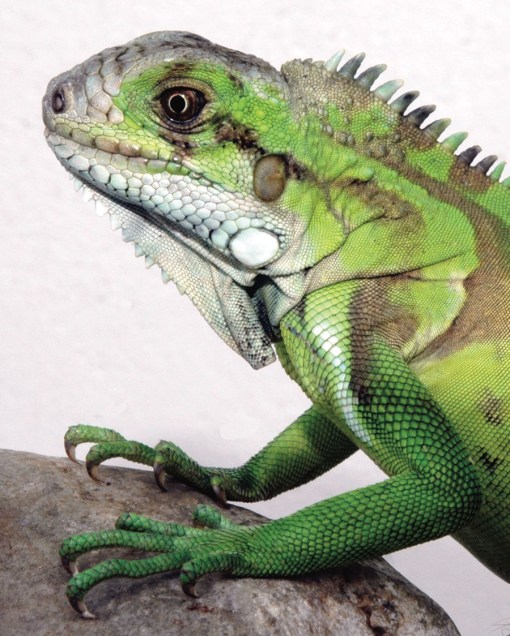Non-native species introduced mainly via increasing trade of goods and services have huge economic, health, and environmental costs. These ‘biological invasions’ involve the intentional or unintentional transport and release of species beyond their native biogeographical ranges, facilitating their potential spread.

Over the last few decades, invasive species have incurred an average cost of at least US$26.8 billion per year globally, and are predicted to continue increasing. Investing in early management to control their potential damage and spread is widely recognised as more cost-effective than waiting until an invasive species demonstrates clear impacts.
However, there is limited information available demonstrating whether a country’s capacity to manage its invasive species is effective at limiting future damage.
Our new study published in the journal Ecological Economics found that while more affluent countries with higher economic activity are vulnerable to more damage from invasive species, they also have the highest potential to limit damages incurred by investing more in management. Consequently, a nation’s economic capability partially determines the efficacy of investing in the control and prevention of invasive species.
Read the rest of this entry »


